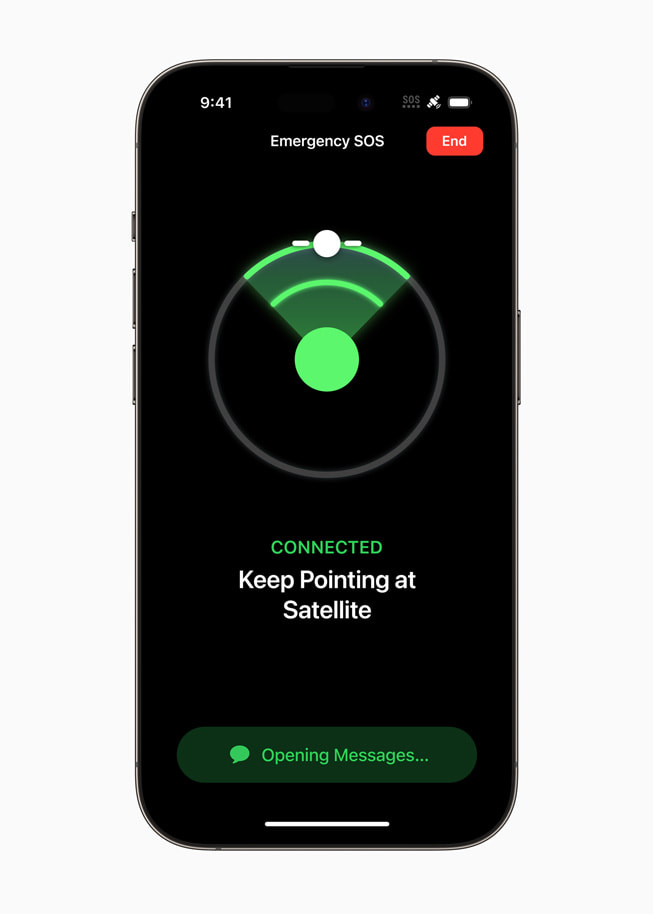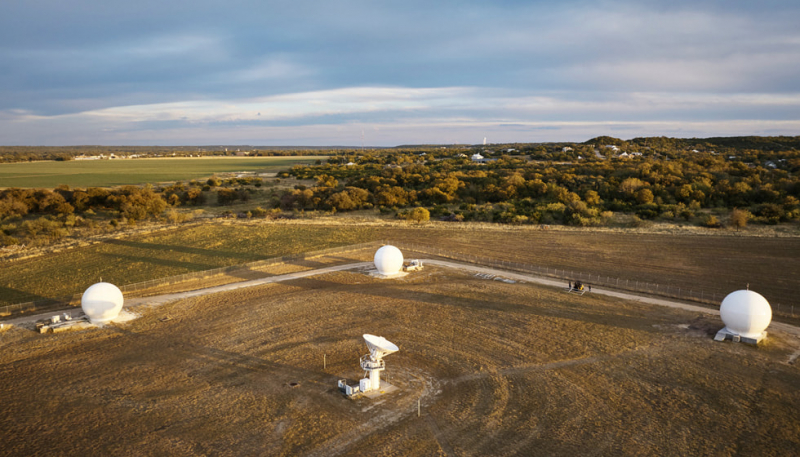Apple on Thursday announced that Emergency SOS via Satellite for iPhone 14 models will launch in the U.S. and Canada later this month. The Cupertino firm did not announce a specific release date, nor did it specify the version of iOS required to use the feature.
Apple also announced that it is investing $450 million from its Advanced Manufacturing Fund towards the development of critical infrastructure supporting Emergency SOS via Satellite. The majority of the funds will go to Apple’s satellite partner Globalstar. The investment will provide enhancements to Globalstar’s satellite network and ground stations in Alaska, Florida, Hawaii, Nevada, Puerto Rico, and Texas.
“Emergency SOS via satellite is a perfect example of how American ingenuity and technology can save lives,” said Jeff Williams, Apple’s chief operating officer. “We are proud this service is enabled by leading US companies, and that our users can explore off-the-grid areas knowing they are still within reach of emergency services if they are in need.”
All four iPhone 14 models will be able to connect directly to Globalstar satellites, enabling users to send text messages to emergency services when outside the range of cellular and Wi-Fi coverage and share their location via satellite using the Find My app.
Apple’s Emergency SOS via satellite service utilizes the spectrum in L and S bands specially designated for mobile satellite services by ITU Radio Regulations. When an iPhone user makes an Emergency SOS via satellite request, the message is received by one of Globalstar’s 24 satellites in low-earth orbit traveling at speeds of approximately 16,000 mph. The satellite then sends the message down to custom ground stations located at key points all over the world.

Apple says a satellite message might take 15 seconds to send in ideal conditions with a direct view of the sky and the horizon, but it could take over a minute for the message to send “under trees with light or medium foliage.” In environments with “heavy foliage” or “other obstructions,” an iPhone might fail to connect to a satellite entirely.
When an iPhone user makes an Emergency SOS via satellite request, the message is received by one of Globalstar’s 24 satellites in low-earth orbit traveling at speeds of approximately 16,000 mph. The satellite then sends the message down to custom ground stations located at key points all over the world.
Once received by a ground station, the message is routed to emergency services that can dispatch help, or a relay center with Apple-trained emergency specialists if the closest emergency services location is not able to receive text messages.
Apple says Emergency SOS via Satellite will be available with an iOS 16 software update coming in November. The service will be free for the first two years, indicating that Apple may have plans to charge for it at some point in the future.


